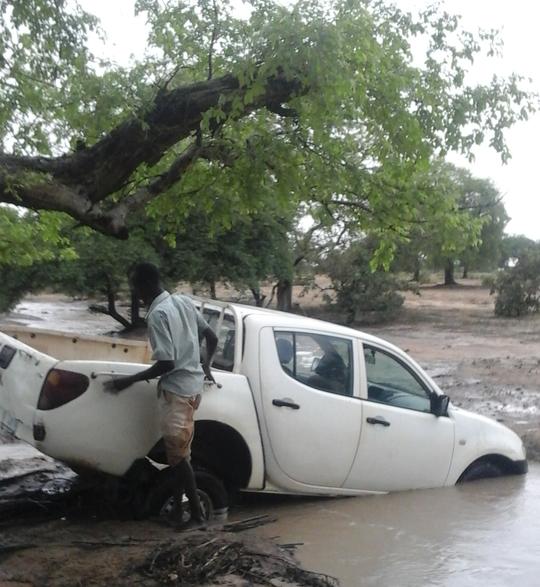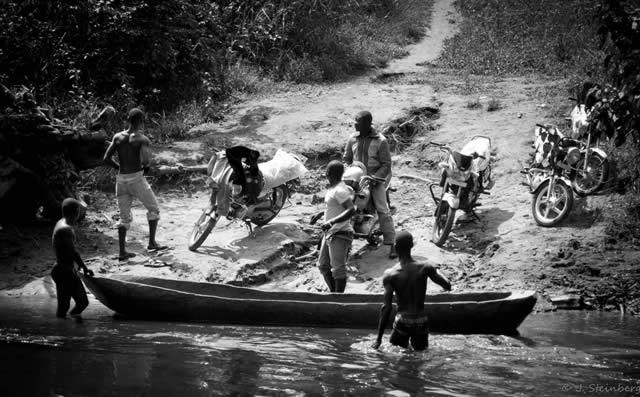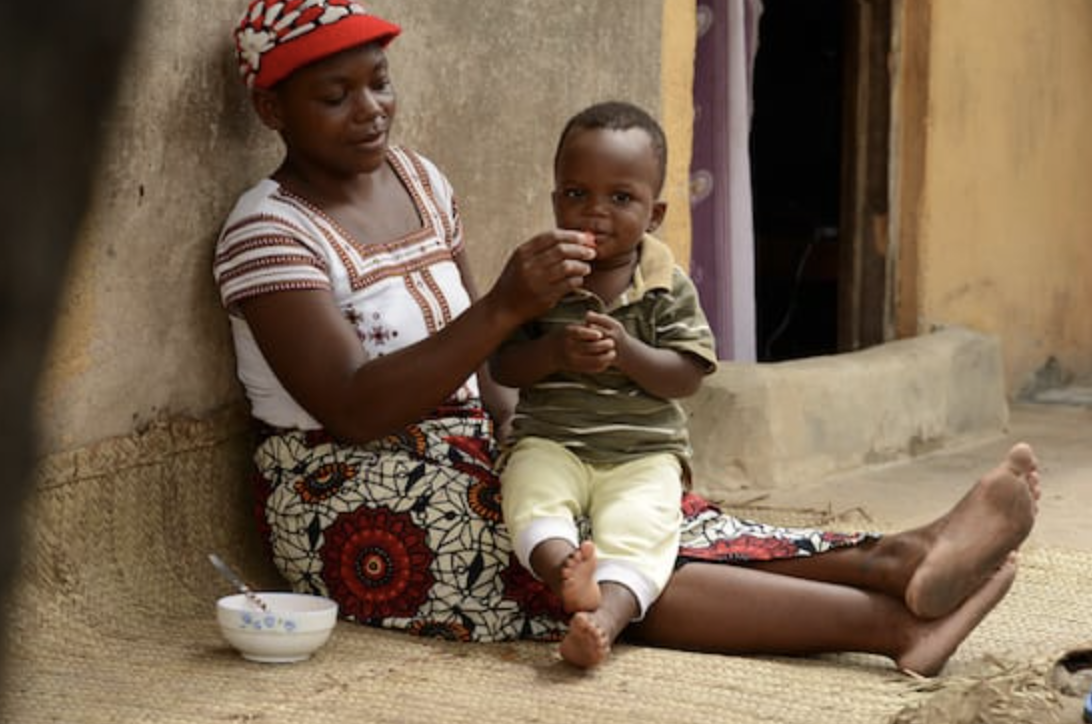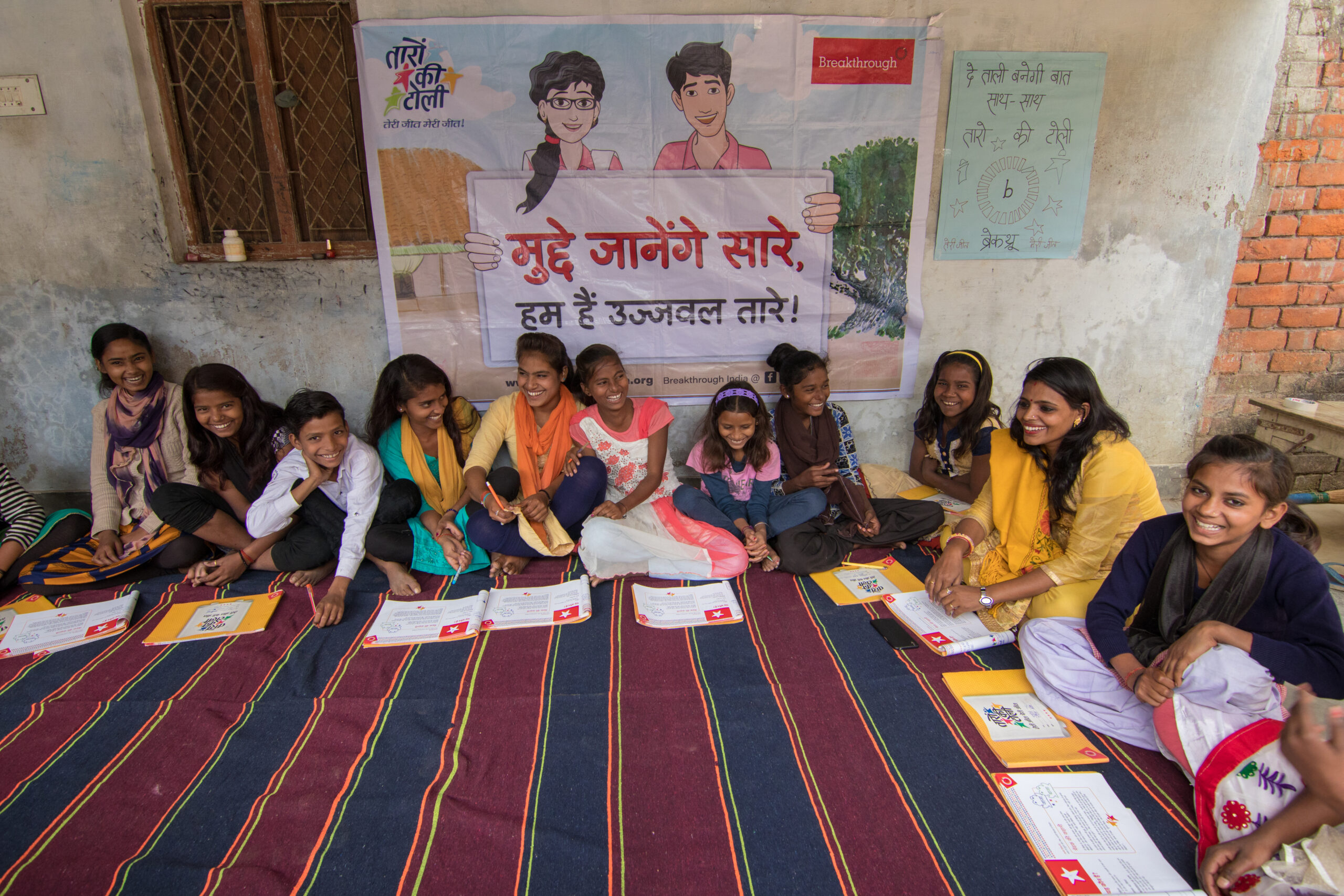Consider the following unrelated facts:
- About 1 in every 19 Kenyan children dies before his or her fifth birthday.
- Only 9 percent of health facilities in Bangladesh offer diagnostic services for tuberculosis.
- The percentage of households in Uganda owning at least one insecticide-treated anti-malarial net increased from 16 percent in 2006 to 90 percent in 2014-2015.
Our first reaction to numbers like these is to imagine what they imply for the lives of people in those countries. But there’s another dimension to the statistics that’s easy to overlook: someone had to go to the field and collect the underlying data. Behind each of these neatly summarized findings (from the U.S. Agency for International Development’s Demographic and Health Surveys (DHS) program) lie stories of personal hardship, risks, and logistical challenges faced by data gatherers—the unsung heroes of international health and poverty research.
Collecting data on human health, poverty, and other indicators in developing countries can require unusual levels of determination, endurance, resourcefulness, ingenuity, and flexibility. The DHS Uganda Malaria Indicator Survey, which took place in December 2014 and January 2015, involved 17 field data collection teams that together interviewed 5,345 households during those two months. The households were scattered throughout the country, in mountains, valleys, forests, and cities. Interviewers typically awoke at 6 am and were on the road by 7, interviewing 5 to 7 households and testing 16 children per day. “It has been hectic,” said Aziza, one of the interviewers. “It hasn’t been easy. But at the end of the day we get data, even when [we] are very tired!”
Getting There is Half the Battle
Collecting field data involves travel, often to remote locations, and sometimes in politically unstable countries. “Some of the people we serve live very far from the nearest paved roads and town centers,” says Max Chapnick, communications associate at GiveDirectly. “Getting to a village can involve taking a bus, then riding on the back of a motorcycle, and finally walking for some distance. The local roads are unpaved and can be muddy or flooded.”
 Photo Credit: Innovations for Poverty Action
Photo Credit: Innovations for Poverty Action“The roads are often the most challenging thing that field workers encounter,” says Jeffrey Mosenkis, senior communications associate at Innovations for Poverty Action (IPA). IPA designs and implements randomized evaluations to measure the effectiveness of programs and policies aimed at helping the poor. When study participants are chosen randomly, some of them turn out to be in locations that are extraordinarily difficult to get to. Vehicles often get stuck or break down, especially while trying to ford rivers and streams (see photo at right, taken during a recent IPA field survey in Burkina Faso).
A field officer for GiveDirectly in Uganda described the experience of wading for 45 minutes through the waist-high waters of a swamp that separated one part of a village from another during the rainy season, while keeping a lookout for snakes, leeches, and hippos.
Unique Challenges
One of IPA’s projects in Liberia was with young men living and working on the streets of Liberia’s capital city, some of whom were former child soldiers and a number of whom were involved in crime and drugs. Working with this population created a unique set of challenges. IPA staff were trained in how to navigate and approach people in dangerous urban neighborhoods, and were given important safety tips, such as to avoid wearing watches, using personal phones, or carrying excessive cash.
During the first phase of the study, some of the study participants provided false names and incorrect contact information due to their general lack of trust in society and a wish to be untraceable. This made it challenging to track them down later to see if their situation had been improved by the programs. For these people, an IPA staff member with a photographic memory was able to point out study participants. In later phases of the study, study participants were photographed from the outset.
Once it became known that some participants in the study received cash handouts, people would show up masquerading as participants (often friends or associates who’d become aware of the program, either with or without the participant’s knowledge), so staff had to develop questions with personal background information that only the actual participants would be able to answer.
Because of the study's reliance on data from sensitive questions (such as participation in crime and use of illegal drugs), the research team developed new methods to establish the extent to which data captured in the surveys was actually truthful. Researchers shadowed a subset of the study participants for several days after they were interviewed to gain the “true” answers to some of the questions they had been asked. By comparing these data with the interview data, the team could estimate the relative extent to which survey responses to these questions were truthful.
Just Part of the Job
Most charities and aid agencies don’t publicize these behind-the-scenes stories, mainly because they see the challenges of working in the field to be an everyday part of the job. But these aren’t everyday jobs. Next time you see health or poverty statistics, or data used to evaluate the effectiveness of charities, take a moment to reflect on the hard work and dedication that must have gone into collecting that information.



